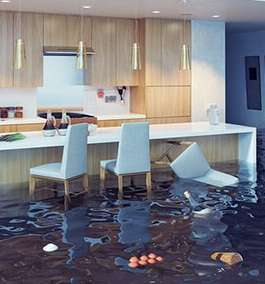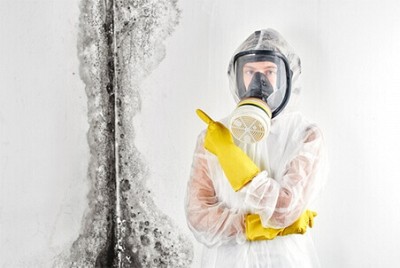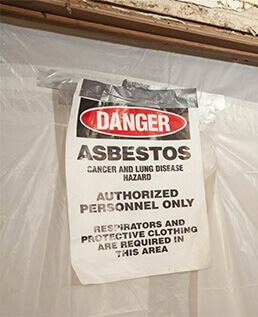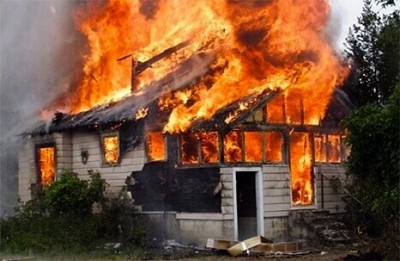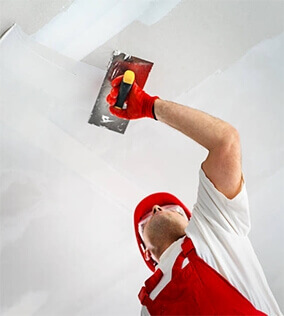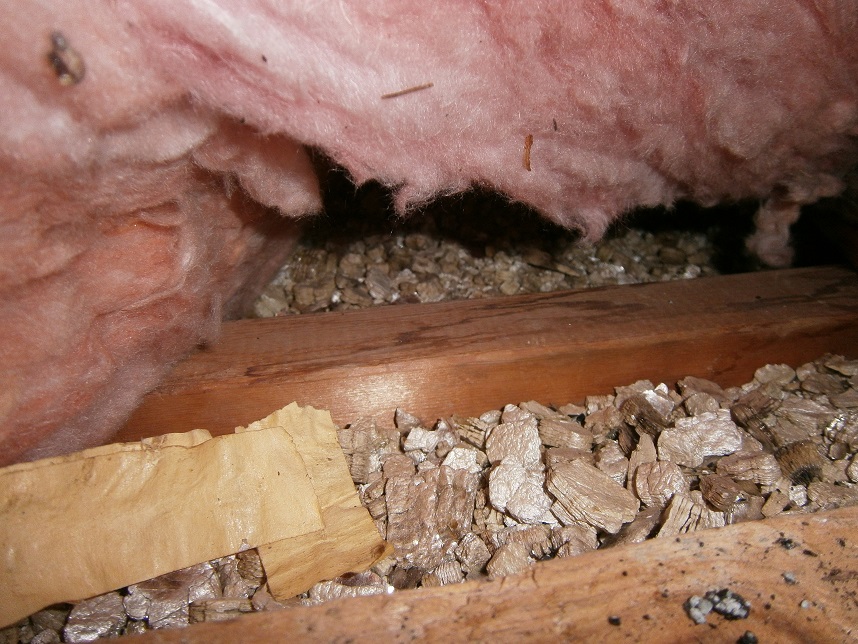Vermiculite Removal
Vermiculite is a type of insulation material that may contain asbestos. It should be noted that not all vermiculite contains asbestos.
Vermiculite is a natural mineral that was used predominately between the late 1920’s to the late 1970’s. Some of the vermiculite mines contained asbestos and some did not. This is why you must test the vermiculite if it is present in your property to determine if asbestos removal is required.. Many homes contain vermiculite insulation due to the beneficial characteristics of asbestos.
Speak to an asbestos expert today 1-888-551-0514
The process of removing vermiculite can be extensive and needs to be done by professionals to ensure that the asbestos does not cross contaminate the property and pose a health risk to those exposed. Certified technicians must follow industry standards and protocols to ensure their own safety as well as the home owners.
Today, vermiculite insulation is no longer used, however there are still mines that produce vermiculite for other purposes. These mines are tested regularly to ensure that there is no asbestos present.
The prolonged exposure to asbestos is very harmful to one’s health. When the fibers within the asbestos are released, by being disturbed, the body breathes in these fibers and they are trapped in the lungs. This can lead to lung scaring and in extreme cases - cancer. Monitoring the conditions of any material containing asbestos is highly recommended to ensure it does not become airborne.
If you suspect that your home, property or office may contain vermiculite you should bring in an asbestos certified inspector to check it out. If vermiculite if found, it should then be tested to see if it contains asbestos. If the vermiculite has been disturbed, extra precaution needs to be taken.
Insulation removal and especially insulation with Vermiculite has to be done by professional companies that have training and insurance in place for this type of service.
Removal of asbestos is a very complex and extensive job. It must be done by an experienced and certified contractor. When disturbing an asbestos product, extreme precautions must be taken to protect the worker from breathing in the fibers. Below are pictures of the experts at Canada's Restoration Services preparing a home for an asbestos removal project. We follow a strict procedure to ensure that there is no cross-contamination by sealing & protecting any affected and/or possibly affected areas.
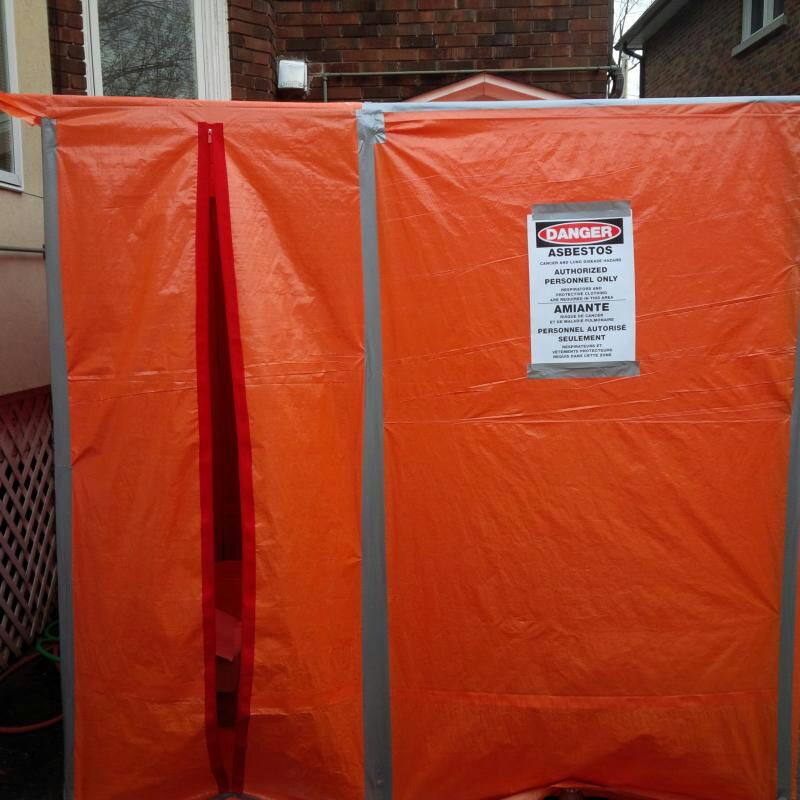
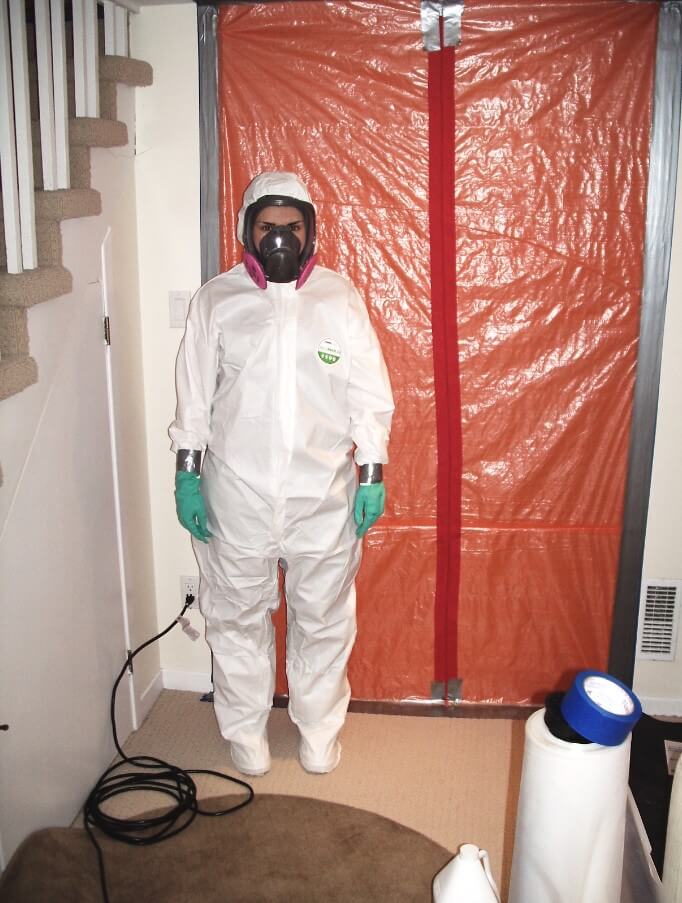
Call us today for a free asbestos inspection 1-888-551-0514


